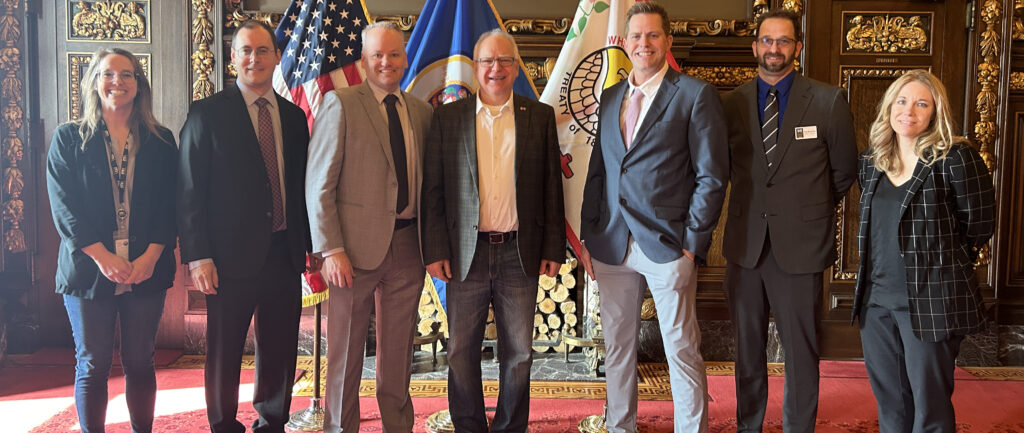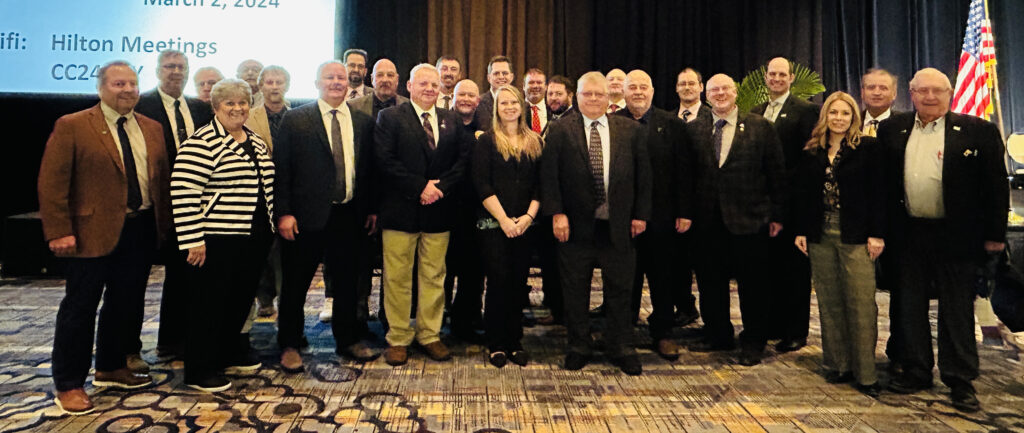In December 2023, the Department of Treasury first recognized soy as an eligible sustainable aviation fuel (SAF) feedstock in initial guidance through a Renewable Fuel Standard (RFS) pathway, a decision welcomed by soybean groups, including the Minnesota Soybean Growers Association.
Now, additional guidance released on April 30, 2024, from Treasury does go further to sweeten the value for soy – but not all the way. It provides a second pathway for soybean oil-based SAF to qualify for the SAF tax credit (40B) and assigns the feedstock a better carbon intensity (CI) reduction score. Since the Dec. 15 news, the American Soybean Association (ASA) has implored USDA and other agencies to ensure a higher value can be achieved by using soybean oil than the baseline $1.25/gallon credit for SAF that meets a 50% greenhouse gas (GHG) reduction compared to traditional petroleum jet fuel. The new 40B-GREET option translates to a minimum $1.30 credit.
The long-awaited announcement is a mixed bag, however. Where the guidance from Treasury goes sideways for soy is that for soybean oil to qualify through this new pathway, soybeans must be grown using both no till and cover cropping. While ASA and MSGA support using climate smart agriculture practices to improve CI reductions, specifying only two practices out of a variety of sustainability measures will further restrict soybean oil use as a SAF feedstock.
Adding to those concerns, no-till and cover cropping are feasible only for soybean farmers in certain parts of the soy growing region, which means regional disparity is likely.
“As a producer, these conservation practices don’t work year after year where I farm in west-central Minnesota,” said Wheaton farmer Jamie Beyer, who’s one of seven growers representing Minnesota on ASA. “It’s just not sustainable long term, and if we’re forced to plant cover crops before the soil freezes, we know that’s waste of resources – seed, fuel, money and time.”
MSGA President Bob Worth, who farms in southwest Minnesota, said that while the Biden administration is recognizing the role agriculture plays in cutting carbon, the guidance is more of a half-measure and puts Minnesota farmers at a disadvantage by using a one-size-fits-all approach.
“Overall, the announcement is disappointing and shortsighted and hampers the ability of the industry to cut carbon,” Worth said. “Minnesota got the short end of the stick because cover crops and no till don’t always work for us as good as they do in the southern part of the U.S.”
ASA appreciates USDA’s work to ensure improved CI reduction scores for soybeans but asks that further guidance be given to create an inclusive program — and one that considers sustainability practices that are feasible across all soy-producing states. The Treasury Department and the ad hoc working group of agencies assigned to SAF and other transportation fuel tax credits will now begin work on the Clean Fuel Production Credit (45Z), which offers soybean growers additional opportunities to support the biofuels industry.
ASA and MSGA will continue working with legislative leaders, USDA, EPA and other agencies involved to ensure that 45Z offers flexibility in sustainability practices so that soybean farmers can support the administration in lower carbon emissions in the transportation sector.
“I hope we can get it fixed,” Worth said. “This will be something will be discussing with our representatives and senators in D.C., because sometimes it seems like this administration doesn’t fully understand agriculture.”





